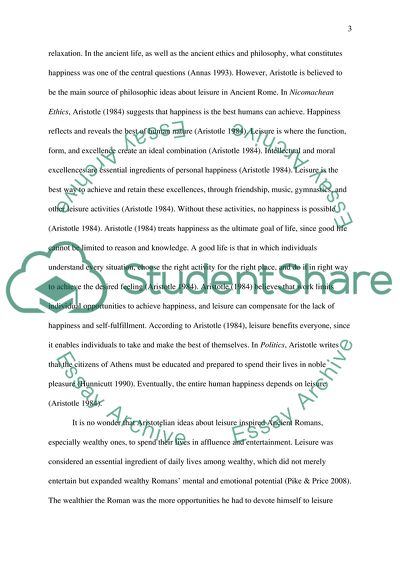Cite this document
(Philosophy of Leisure in Ancient Rome: Roman Villas as a Retreat from Coursework, n.d.)
Philosophy of Leisure in Ancient Rome: Roman Villas as a Retreat from Coursework. https://studentshare.org/philosophy/1756461-leisure-and-the-roman-villa
Philosophy of Leisure in Ancient Rome: Roman Villas as a Retreat from Coursework. https://studentshare.org/philosophy/1756461-leisure-and-the-roman-villa
(Philosophy of Leisure in Ancient Rome: Roman Villas As a Retreat from Coursework)
Philosophy of Leisure in Ancient Rome: Roman Villas As a Retreat from Coursework. https://studentshare.org/philosophy/1756461-leisure-and-the-roman-villa.
Philosophy of Leisure in Ancient Rome: Roman Villas As a Retreat from Coursework. https://studentshare.org/philosophy/1756461-leisure-and-the-roman-villa.
“Philosophy of Leisure in Ancient Rome: Roman Villas As a Retreat from Coursework”. https://studentshare.org/philosophy/1756461-leisure-and-the-roman-villa.


